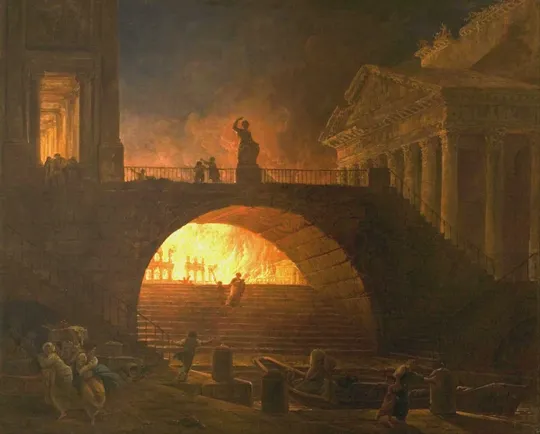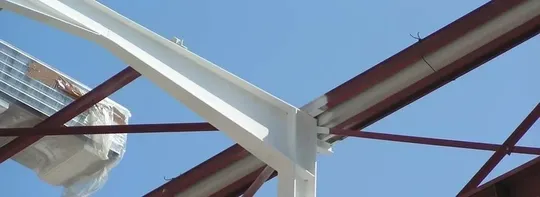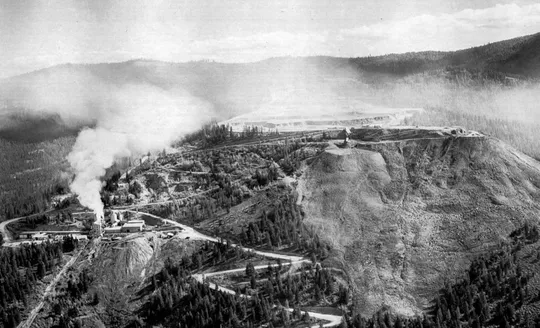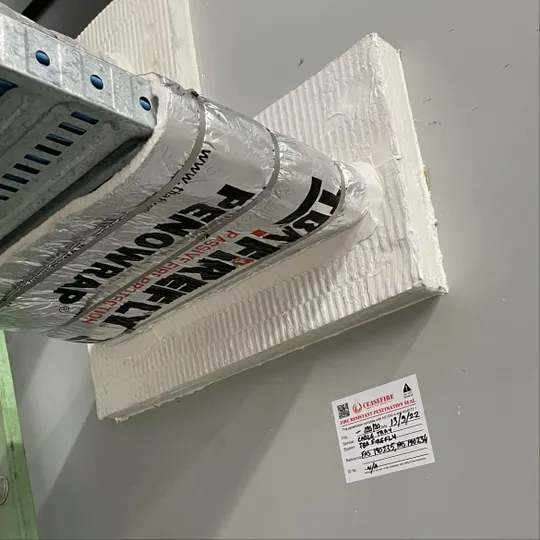
After several major fires ravaged the city of London, we saw the first attempts at introducing fire safety regulations. Thatched roofs and timber chimneys were banned and penalties against people causing fires became much more serious. The use of fire-resistant building materials such as stone, brick, and cement became mandatory. Streets between buildings were widened to prevent fire spread, eliminating the narrow alleyways that had previously snaked through the city, and similar changes took place throughout Europe in the following years.
Modern Passive Fire Protection
The history of modern passive fire protection can be traced back to the mid-20th century, when a series of high-profile fires in the United States and Europe prompted the development of new fire safety standards and regulations. In the United States, the National Fire Protection Association (NFPA) established new codes and standards for fire safety, including the use of fire-resistant materials and systems.
In the 1960s and 1970s, the use of fire-resistant materials and systems became more widespread in building construction. This was due in part to the introduction of new materials, such as fire-resistant glass and intumescent coatings, which expand when exposed to heat to form a protective layer around the material they are applied to.
The use of fire-resistant materials and systems continued to evolve throughout the latter half of the 20th century. In the 1980s, the concept of compartmentation became more refined, with the introduction of fire-resistant walls and ceilings that could withstand fire for longer periods of time. The use of fire-resistant materials and systems also became more common in high-rise buildings and other large commercial structures.

Passive Fire Protection Today
Today, passive fire protection remains an important part of building design and construction. In addition to the use of fire-resistant materials and systems, modern buildings are also equipped with smoke detectors, alarms, and other active fire protection measures. Building codes and regulations around the world require the use of passive fire protection systems to ensure the safety of occupants and protect property.
Despite its importance, passive fire protection is often overlooked or undervalued. In many cases, builders and developers prioritize aesthetics and cost over safety when selecting building materials and systems. This can lead to serious safety issues in the event of a fire, as non-fire-resistant materials and systems will fail quickly and easily.
To address this issue, it is important for builders, developers, and property owners to prioritize safety when designing and constructing buildings. This means selecting the correct fire-resistant materials and systems and ensuring that they are installed and maintained by approved installers. It also means ensuring that all building occupants are aware of fire safety procedures and have access to fire safety equipment, such as fire extinguishers and smoke detectors.
In conclusion, passive fire protection has a long and evolving history that dates to ancient times. The modern approach to passive fire protection emerged later in the 20th century, following a series of high-profile fires in the United States and Europe. Today, passive fire protection remains an important part of building design and construction and plays a critical role in ensuring the safety of building occupants and protecting property in the event of a fire.











